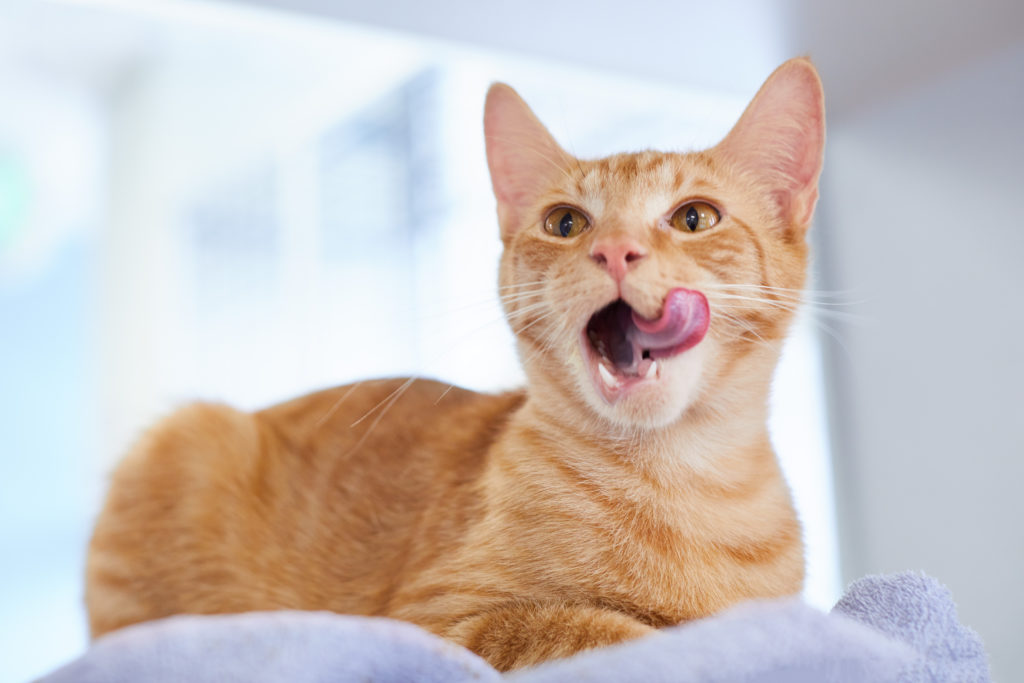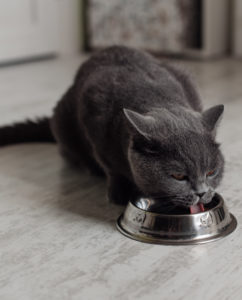Rotational Feed: How to Get Started with Your Cat

Is mealtime not enjoyable for your cat anymore? Being fed the same meal over and over again is not only repetitive but also can get boring for your cat—leading your cat to be uninterested during feeding. If this is so, starting a rotational feeding for your cat might be something they will enjoy and benefit from!
What is Rotational Feeding?
Rotational feeding is the practice of rotating your cat’s food—protein, type of food (wet food, dry food, raw)—instead of keeping them on the same thing type of food for the rest of their lives. This type of feed became popular as a new holistic approach to how you should feed your cat. Rotating your cat’s food can have a lot of overall health benefits for your cat but make sure that it is done properly to avoid any stomach issues.
Benefits of Rotational Feeding

While rotating your cat’s food helps with keeping mealtime exciting, there are also a lot of benefits for your cat’s health. The two major ones are: helping with food allergies and a stronger immune system.
Food Allergies: Food allergies and intolerances in cats can be due to the constant exposure of the same protein. This oftentimes leads to itchy paws and skins and upset stomachs. Over time your cat’s immune system will have a negative reaction to the same protein that is being fed. By rotating proteins, your cat’s immune system will be stronger and will reduce the sensitivity to food allergies.
Stronger Immune System: Cat who has a rotational feeding diet tends to build a stronger immune system. This is because cats who have only been exposed to one type of food can be sensitive to any other food that is introduced—causing upset stomachs and vomiting. By varying their diet with rotational feeding, your cat’s digestive tract can become stronger, making it easier for them to break down new proteins.
How to Start a Rotational Feeding
 When it comes to starting your cat on a rotational feeding diet, make sure to slowly transition by introducing new proteins gradually.
When it comes to starting your cat on a rotational feeding diet, make sure to slowly transition by introducing new proteins gradually.
It is best to start in a bi-weekly schedule at first slowly. Feed your cat one protein for a week and gradually start adding the next protein in until he can tolerate it. There is no exact timing when it comes to how frequently you should change your cat’s food—let your cat dictate what he can do.
You can also rotate different types of food, such as varying from dry foog, to wet food, to raw food. This type of rotation enables the pet to receive the benefits of each variety of food. It is always important to feed a high-quality nutritionally complete and balanced diet when rotating different types of food.

